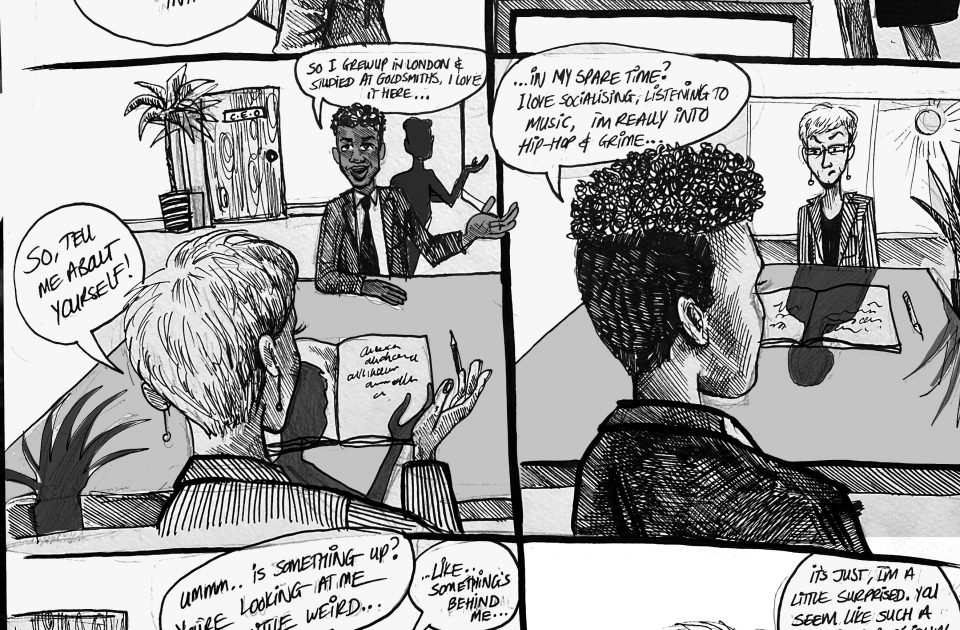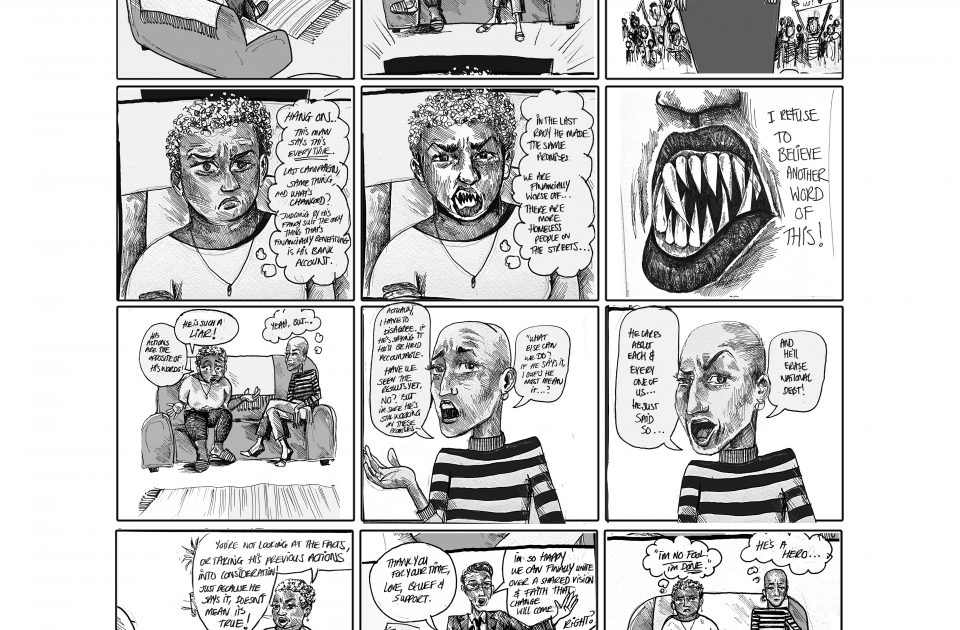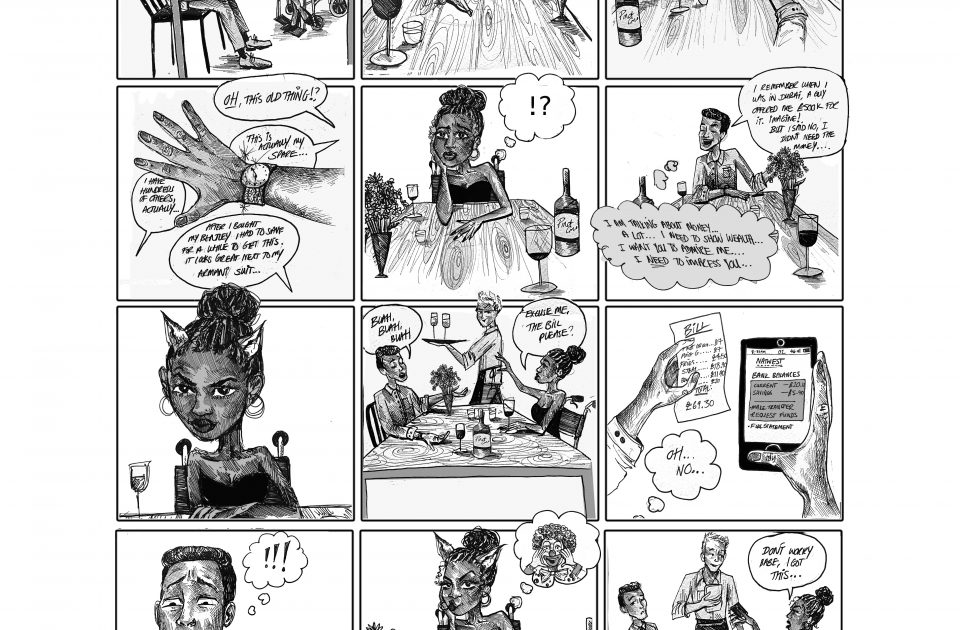
Digital Placemaking Category
Anatomy of Conversation
by Grace Quantock and Jazz Thompson, Grace Quantock & Linus Harrison
This is the Anatomy of Conversation, drawn from Grace's Digital Placemaking Inclusion Fellowship, these are techniques to support marginalised people to stay as safe as possible when seeking, producing and advocating for inclusion in institutions, arts, digital and technology spaces.

Shadows on the Wall
When we connect - when we enter a dynamic with another - we never enter alone. In every interaction we carry our experiences, remembered - and unremembered but embodied - memories and all our history which can fuse together to create a blueprint we compare every subsequent interaction to. I’m not arguing we should approach each other with a blank slate, learning from when we are hurt and managing our expectations accordingly is protective and helpful. The issue is, this process is often beneath our awareness. So we are bringing bags of material into the room with us that we or the other person can get tangled in. For example, I’ve been hurt by people who told me they were helping me. That means I often view people who designate themselves as helpers with great suspicion. I don’t have to just ‘get over’ that, especially as many ‘helpers’ hold disableist views and disregard lived experience of disabled and marginalised folks. Which can mean their ‘help’ is actually very likely to harm, because they lack nuanced expertise in disability/culture beyond their own and don’t listen to what’s needed. Instead, if I am aware that I am bringing into the room with me the shadows of all the times I’ve been hurt by helpers then I am more able to differentiate if I’m feeling fear with the helper in this room, in this moment, or because this room looks and feels like other rooms and times when bad things happened. When we are aware and see the Shadows on the Wall, it helps us judge how to respond in the now.

Finding Our Wolf’s Teeth
Trauma breaks boundaries. Particularly abuse - that’s what abuse is, a breaking of boundaries. But this destruction of boundaries can mean after we struggle with discernment. The sense of internal and external, or me even, can be impacted. Our ‘no’ got stolen, what happens after that?
There’s an exercise in my client work called ‘Finding Our Wolf’s Teeth’. With our teeth, engaging with information looks something like: biting a piece off, chewing it over, spitting out what doesn’t work for us, swallowing what feeds us, digesting and assimilating it. However, for many of us who haven’t found our Wolf’s Teeth, it looks like swallowing information whole, without critical consideration. Then it can seem like a tape plays internally, sometimes we spit the information out at people, but it isn’t processed or considered. We don’t know why we believe it. In finding our wolf’s teeth, it’s important to look for situations when someone is trying to get us to swallow something whole, to feel our Wolf’s Teeth and start biting, chewing it over and disregarding what doesn’t fit us. In this way, we can make ourselves safer without getting caught in misinformation, especially that which is delivered in emotional manipulation.
Full illustration here.

Pricking Up Our Wolf’s Ears
The sister to Wolf’s Teeth, when we prick up our Wolf’s Ears, we are listening for the story beneath the story. We can’t know people’s motivations, of course, but we can listen for the gaps in their narrative. We can notice what’s not being said, where the narrative doesn’t make sense, when there are moments of evasion, bluster, deny, attack and reverse victim/offender roles. When we prick up our Wolf’s Ears, we are listening as closely to what’s not being said to what is being said. Wolves have strong instinctual nature, when we are able to listen to our intuition, our proprioceptive input and felt sense, we can listen to the story of how our body feels in a situation, in a conversation and respond accordingly. Marginalised peoples are often told to dismiss warning signs, blamed for wanting to keep themselves safe and told this behaviour is harmful to other people. It’s the moment when we get creepy vibes off someone but if we get up and move, we are told that we will offend the person and hurt their feelings. So maybe we stay and our uncomfortableness moves into feeling unsafe due to their comments and actions. But now our behaviour is policed as we are told what’s happening is in our imagination, that we are over-sensitive or to wait until we are obviously harmed in a way people in positions of privilege will recognise and validate. But with our Wolf Ears, we heard the story underneath the story this person was telling from the beginning. We may check it out by clarifying with questions, but following our instinctual reaction can be what keeps us safe and Wolf’s Ears can help us do that.